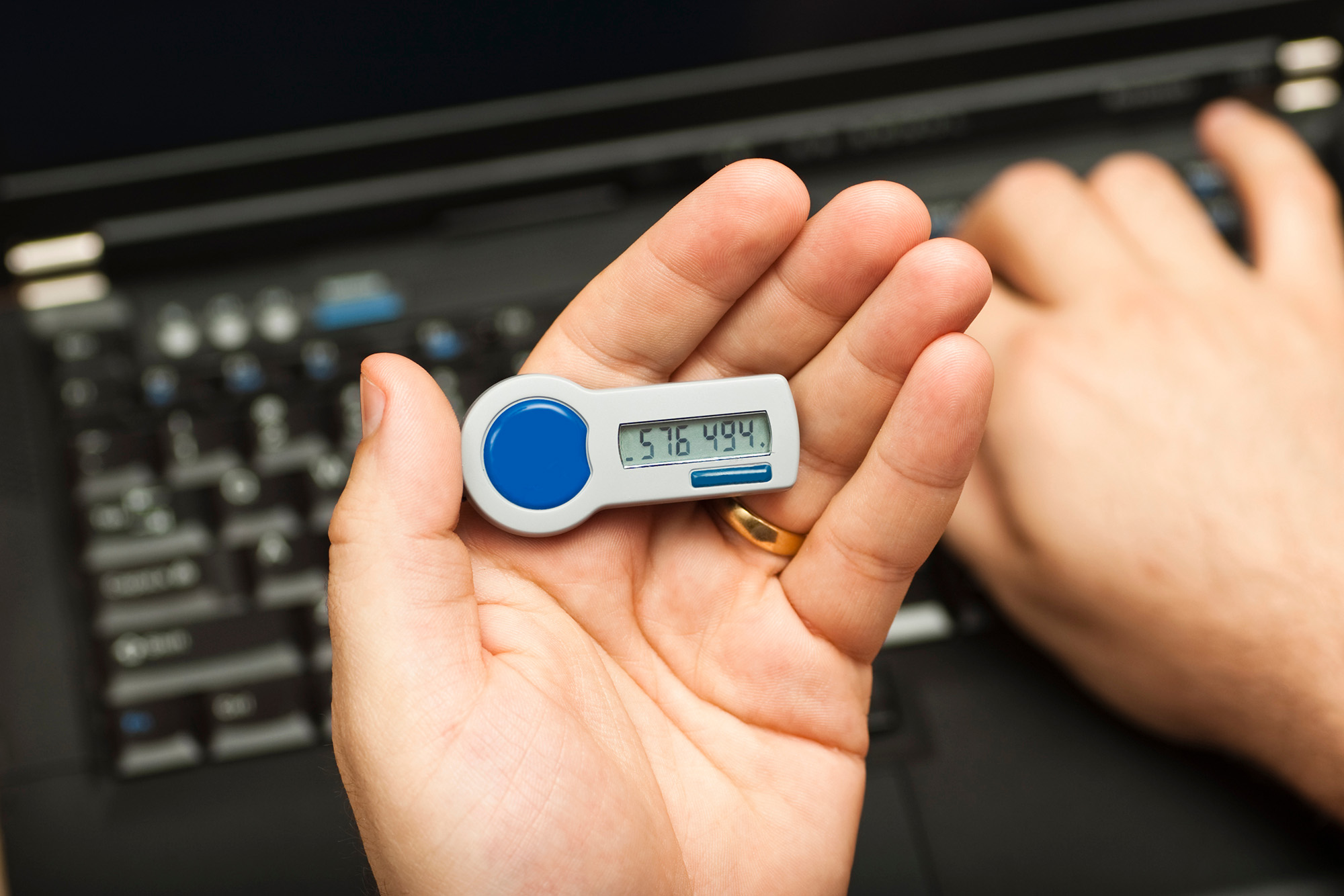Are you interested in setting up a multi-factor authentication solution for your business? Multi-factor authentication is a security measure which requires users to use two or more methods of verification to access their user accounts. Aside from your typical login credentials such as username and password, the app or website will prompt you to perform other actions such as clicking on a link or entering a one-time passcode that can be retrieved from your email or mobile phone.
With multiple pieces of information required with every login, hackers will find it more difficult to access your accounts. There are three types of information that can be used to verify your identity. They are as follows:
Types of Authentication Factors
- 1: Something You Know
This includes everything you can recall, such as your typical account password, pin number credentials, character combinations, code words, challenge questions, or secret finger gestures. Basically, anything that you can remember and then type, say, or do is under this category.
- 2: Something You Have
Any items in your hands, such as codes or physical keys, fall under this category. You authenticate your logins using a handheld token such as smart cards, flash drives, or a small device that produces a time-based code during your logins. A more inexpensive version is a one-time code sent via email or SMS. It can also be a mobile app installed to your device such as Google Authenticator.
- 3: Something You Are
Mobiles phones now offer biometric security options such as fingerprint and face scan. Under this category is any part of the human body which can the used for verification, such as fingerprints, palm prints, face scans, iris scans, and voice verification.
Addition factors such as GEO location are also sometimes used.
Two-Factor Vs Multi-Factor Authentication
Many people are more familiar with two-factor authentication, which is offered by most websites and apps for end-users. So is 2FA the same as MFA? They are not the same. However, 2FA is a form of multi-factor authentication. While 2FA puts another authentication factor on top of your passwords, MFA goes beyond by putting two or more validation methods.
There is no one-size-fits-all authentication approach in online identity validation. Emails can be phished, fingerprints can be lifted, voice can be recorded, and physical keys can be lost or stolen. Multi-factor authentication solutions offer an adaptive and secure login verification method by combining two or three factors from the above authentication types.
Adding multi-factor authentication solutions to your company’s security policy can greatly increase your chances of negating dreadful data breaches. A report revealed that 80 percent of data breaches could be prevented by simply using two-factor authentication. However, integrating systems such as multi-factor authentication to your organization might prove to be challenging. When your company executives ask “who else in our industry is using this practice?” Below are some large companies which offer multi-factor authentication for both their end-users and employees:
Companies That Utilize MFA
Using MFA on your Facebook login is optional. Among the authentication methods offered by Facebook include one-time codes via email and SMS. You can have your friend authenticate your login via “Login Approvals” or identify your Facebook friends as the app shows you a set of pictures.
- Apple
Apple’s iPhone devices are known for their biometric authentication methods such as fingerprint and face scans. However, these methods are still hackable. Fingerprints can be lifted or dusted while face scans can be faked by creating 3D models. Worse, because your biometric features are permanent, a single hacking attempt can compromise you forever.
Google has a lot of optional MFA methods for end-users such as one-time codes or links sent to email and SMS, or by installing Google Authenticator to your mobile device. Employees of Google also use a physical token called the Titan Security Key, a small device similar to a flash drive which leverages on public key cryptography to verify the URL of the login page and the user’s identity.
Implementing a multi-factor authentication in your company is easier than you think. You can utilize built-in MFA options that are offered by your enterprise apps. You can also choose an independent MFA service such as TraitWare to unify and all your company logins. This would give you full admin control for your logins and more flexibility in choosing your authentication factors.
TraitWare is not just your typical multi-factor authentication solution. It is a Passwordless SSO and MFA platform which provides companies with a secure and seamless logins by turning mobile devices into authentication keys. Give your company the highest security possible with TraitWare.
